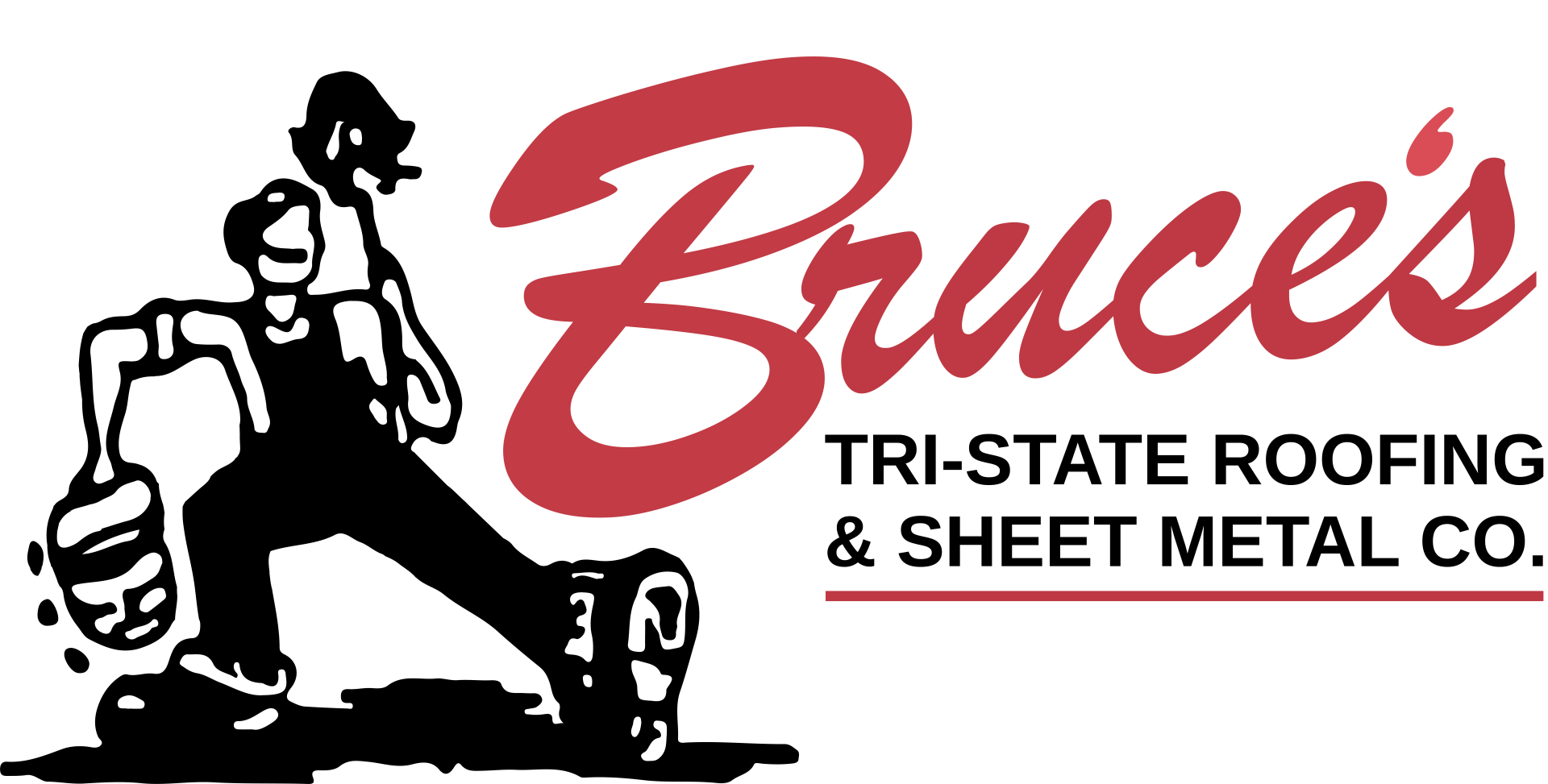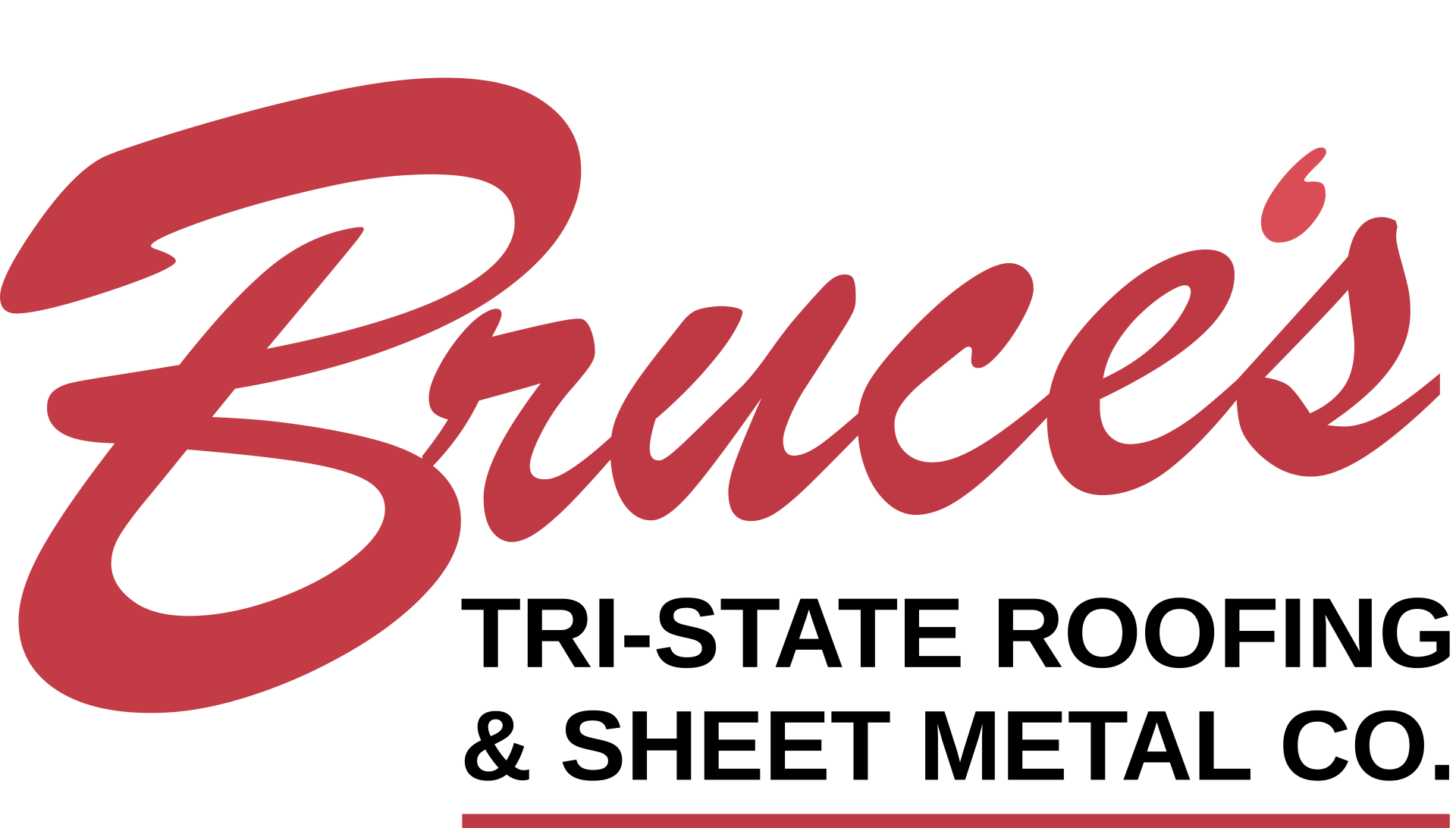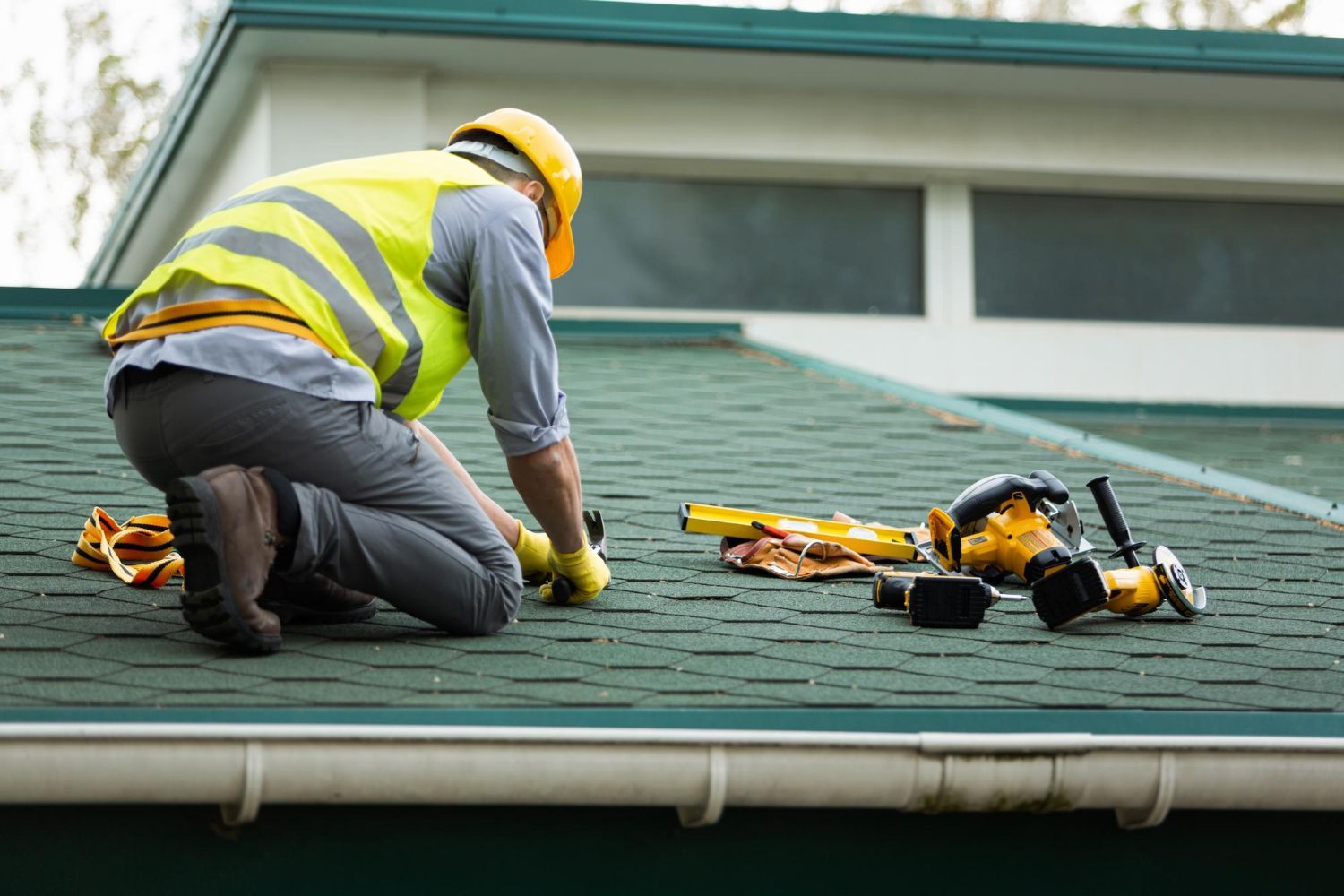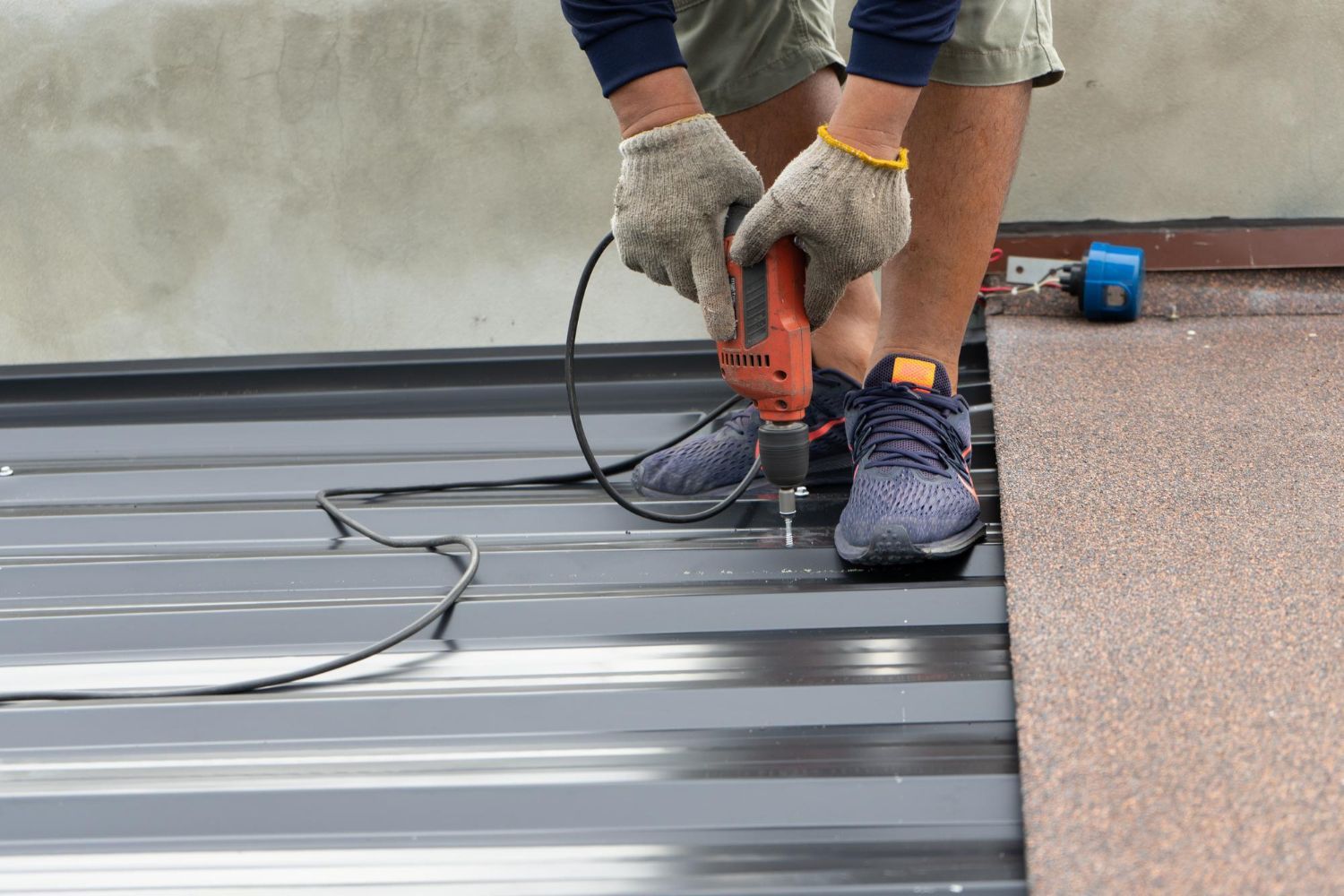Winter weather can bring more than just cold temperatures and snow. Your roof also has to contend with various types of debris such as fallen branches, leaves, and other materials carried by the wind. These debris hazards can cause significant damage if not properly managed.
Fallen branches can puncture your roof, while built-up leaves can clog gutters, leading to water back-up and leaks. Understanding the risks associated with winter debris is crucial for keeping your roof in good condition all season long.
Ensuring your roof is safe from these threats involves regular cleaning, maintenance, and strengthening key features. It is important to conduct routine inspections to spot any issues early. Recognizing and addressing these challenges head-on helps keep your home warm and protected throughout the harsh winter months.
Identifying Common Winter Debris Hazards
During winter, your roof faces several debris hazards that can compromise its safety and your home's well-being. Understanding these hazards allows you to tackle them effectively.
Fallen branches are one of the most common debris hazards. High winds and storms often cause branches to break and land on your roof. These branches can puncture your roof, damage shingles, and even harm the underlying structure. It’s crucial to keep an eye on trees with overhanging branches near your home.
Leaves might seem harmless, but if they accumulate, they can clog your gutters. When gutters are blocked, water has nowhere to go, leading to overflow and potential leaks. The increased moisture can damage roofing materials and even lead to mold growth if left unchecked.
Other debris, like twigs, acorns, and small objects carried by the wind, can also accumulate. They can cause wear and tear on the roof surface over time. Additionally, animals seeking refuge from the cold might bring more debris onto your roof as they build nests.
By identifying these common debris hazards, you can take proactive steps to prevent damage and maintain your roof's durability throughout the winter.
Essential Cleaning and Maintenance Practices
Regular cleaning and maintenance are key to keeping your roof safe from winter debris. By incorporating these practices into your routine, you safeguard your roof from potential damage.
1. Gutter Cleaning: Keep your gutters clear of leaves and other debris. Check and clean them regularly to prevent clogs. Use a gutter guard to minimize buildup and make cleaning easier.
2. Roof Debris Removal: After storms, inspect your roof for sticks, leaves, and other debris. Gently remove these items to prevent damage. Use a soft broom or a leaf blower for easy cleanup.
3. Trim Overhanging Branches: Regularly trim tree branches that hang over your roof. This prevents them from falling during windy conditions and reduces the amount of leaves and twigs landing on your roof.
4. Check for Damaged Areas: After removing debris, inspect your roof for damaged or loose shingles. Repair these immediately to prevent further harm and to ensure the roof remains weatherproof.
5. Maintain Roof Features: Ensure flashing, vents, and other roof features are secure. This helps prevent wind and debris from causing leaks or damage.
Following these cleaning and maintenance practices keeps your roof in top shape and reduces the risk of winter debris causing serious problems. A well-maintained roof not only protects your home but also prolongs the roof’s lifespan.
Strengthening Roof Features to Withstand Debris
Strengthening your roof to handle winter debris involves reinforcing its key features. By doing this, you can prevent damage and keep your roof in good shape despite the challenges brought by fallen leaves, branches, and other materials.
Start by reinforcing the gutter system. Ensure your gutters are securely attached and free from clogs. Adding gutter guards is a smart move to stop leaves and debris from building up. This helps maintain proper water drainage and prevents water damage to the roof and walls.
For added protection, consider installing impact-resistant shingles. These shingles are sturdier and can handle falling branches without cracking or dislodging. They provide an extra defense layer and extend the life of your roof.
Roof vents and chimneys should also be secured. Use durable covers or mesh to stop debris from entering and causing blockages or damage. This keeps everything running smoothly, ensuring proper ventilation and reducing the risk of moisture buildup inside your attic.
Finally, reinforce any weak spots you identify during inspections. Repairing and upgrading areas prone to damage means your roof is more resilient and less likely to sustain harm from winter debris.
Regular Inspection and Monitoring Strategies
Regular inspections are crucial for catching issues before they become major problems. Frequent checks ensure your roof remains safe and functional despite the challenges of winter debris.
Schedule inspections at least twice a year—before and after winter. This timing allows you to identify and resolve any debris-related issues efficiently. During these checks, look for signs of wear like loose or missing shingles, sagging gutters, and damaged flashing.
Consider using binoculars or a drone to inspect hard-to-reach areas without climbing onto the roof. Focus on examining corners, joints, and any vulnerable spots where debris might accumulate.
Keep an eye on the trees surrounding your home. Regularly check for dead branches and trim them before they fall and cause damage. This preventive maintenance reduces the risk of unforeseen problems during winter storms.
After a major storm, conduct a quick inspection to make sure no new damage has occurred. Promptly address small issues to prevent them from escalating into costly repairs.
Conclusion
Keeping your roof safe and clean from winter debris is a crucial aspect of home maintenance. From strengthening key features to establishing regular inspection routines, each step enhances your roof’s defense against nature’s challenges. These strategies help ensure that your roof stays durable and effective year-round.
If you’re ready to upgrade your roof’s resilience or need expert advice, Bruce's Tristate Roofing is here to help. Our team offers the expertise and solutions you need to keep your roof protected and secure. Contact us today to schedule an inspection of your
residential roofing in KY or learn more about how we can support your roofing needs.





